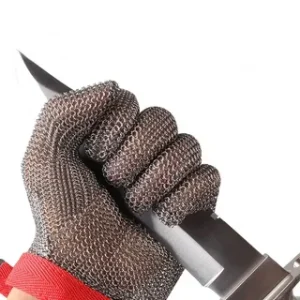The history of engagement rings in the UK is as rich as it is intricate, with influences tracing back to the ornate and symbolic designs of the 1800s. These vintage styles hold a lasting allure, and today’s jewelry market sees a resurgence of elements inspired by these timeless designs. When considering engagement rings UK jewelers often pay homage to 19th-century aesthetics, blending historical elegance with modern craftsmanship. This blending of eras has resulted in a captivating trend where classic styles are reinvented with contemporary materials and design techniques.
Victorian Influence: A Celebration of Detail and Romance
One of the most significant periods influencing 1800s British engagement rings is the Victorian era, spanning from 1837 to 1901. During Queen Victoria’s reign, jewelry design flourished with ornate detailing and romantic symbolism. Victoria’s own love for jewelry—particularly pieces featuring hearts, flowers, and serpent motifs—set trends that captivated British society. Victorian engagement rings typically featured intricate engravings, floral patterns, and gemstones set in various metals. Gold was a popular choice, symbolizing wealth and longevity. As an ode to the Victorian era, contemporary jewelers often draw upon these motifs, incorporating roses, leaves, and serpentine designs into today’s rings, giving them a timeless appeal.
The Allure of Old Mine and Rose Cut Diamonds
In the 1800s, diamond cutting was a true art form, with techniques like the old mine cut and rose cut dominating engagement ring designs. Old mine-cut diamonds were beloved for their slightly rounded square shape and their ability to catch the light in a warm, candlelit glow. Meanwhile, the rose cut—comprising triangular facets arranged in a dome—sparkled brilliantly, even in dim settings. Today’s jewelers revive these cuts to appeal to modern buyers looking for unique, vintage-style rings. Rose-cut diamonds, in particular, have become popular again, offering a softer sparkle compared to modern brilliant cuts. By incorporating these historic cuts, jewelers create engagement rings that feel one-of-a-kind and enduring, perfect for those who wish to channel old-world romance.
Precious Gemstones Beyond Diamonds
The 1800s marked a time when colored gemstones were also popular in engagement rings, as diamonds were not the singular choice as they are today. Sapphires, emeralds, and rubies each carried a symbolic meaning and were highly favored in British engagement rings of the time. Sapphires symbolized loyalty, rubies represented passion, and emeralds conveyed rebirth. This trend is making a comeback, as couples today increasingly favor meaningful, colorful stones. Many UK jewelers now offer sapphire or emerald engagement rings as part of their collections, inspired by the Victorian preference for vibrant and symbolic gemstones.
Halo Settings and Cluster Rings
Another enduring legacy of 1800s British engagement rings is the halo and cluster settings, styles that remain among the most sought-after designs in the UK. Cluster rings, which featured a central gemstone encircled by smaller stones, were highly popular in the 19th century as they maximized sparkle without the need for large, costly center stones. This trend carries into contemporary designs, where halo settings mimic the classic cluster arrangement with modern diamonds or alternative stones. The modern halo setting provides a nod to 1800s aesthetics while adding a fresh touch with today’s advanced stone-cutting techniques and precious metals.
The Enduring Appeal of Vintage-Inspired Designs
The legacy of 1800s British engagement rings is far-reaching, and contemporary jewelers in the UK continuously draw from the past to create designs that resonate with modern couples. In addition to antique cuts and vibrant gemstones, modern designs often feature subtle Victorian details, like milgrain edges, filigree work, and hand-engraved patterns, all of which add a unique character to each piece. By infusing these elements into engagement rings, UK jewelers offer couples a connection to history while still meeting modern design standards. This melding of old and new ensures that each ring tells a story, connecting the past with the present in a beautifully timeless way.
In conclusion, the 1800s have left an indelible mark on the world of contemporary jewelry, especially in the realm of engagement rings. UK jewelers embrace this heritage by combining antique styles with contemporary craftsmanship, creating rings that feel both historic and relevant. For those seeking an engagement ring that transcends time, the legacy of 19th-century British designs offers endless inspiration and timeless appeal.




